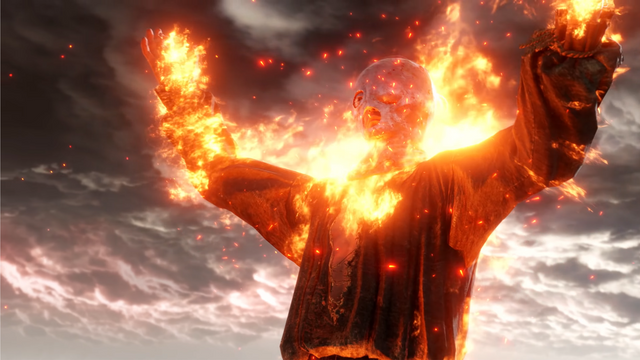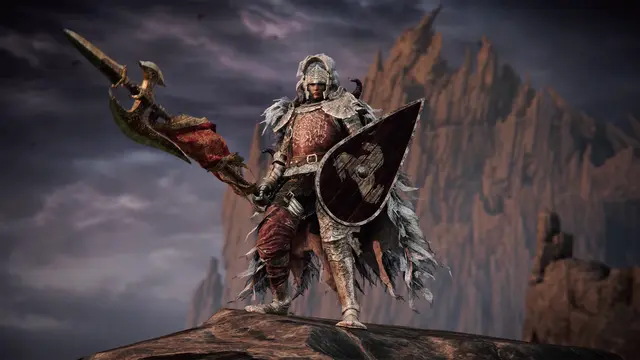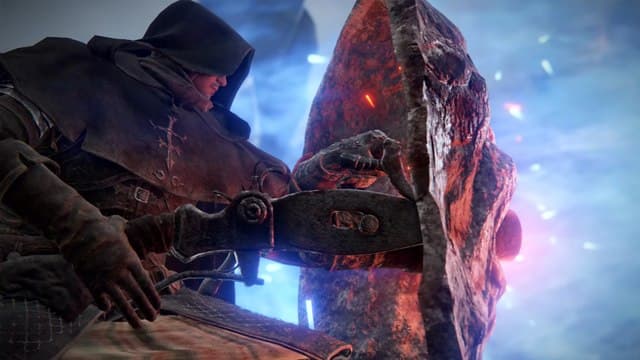7Comments
PUBLISHED
UPDATED
Elden Ring Sorceries Tier List - Updated February 2024
Use a pebble to start a landslide.
About the Authors
Collin MacGregor
Collin MacGregor is the Guide Staff Writer at Fanbyte. He's also the person who willingly plays the support class (you're welcome) and continues to hold out for an Ape Escape remake.
Corey Plante
Corey Plante is a writer and editor currently freelancing while raising his future gamer daughter. A Day One Destiny Guardian, Corey is a Hunter main who loves tirelessly researching all the best Destiny 2 gear and drumming up theories. Corey has bylines at Kotaku, IGN, Vulture, Fanbyte, Inverse, MMORPG.net, and more.
Newest


